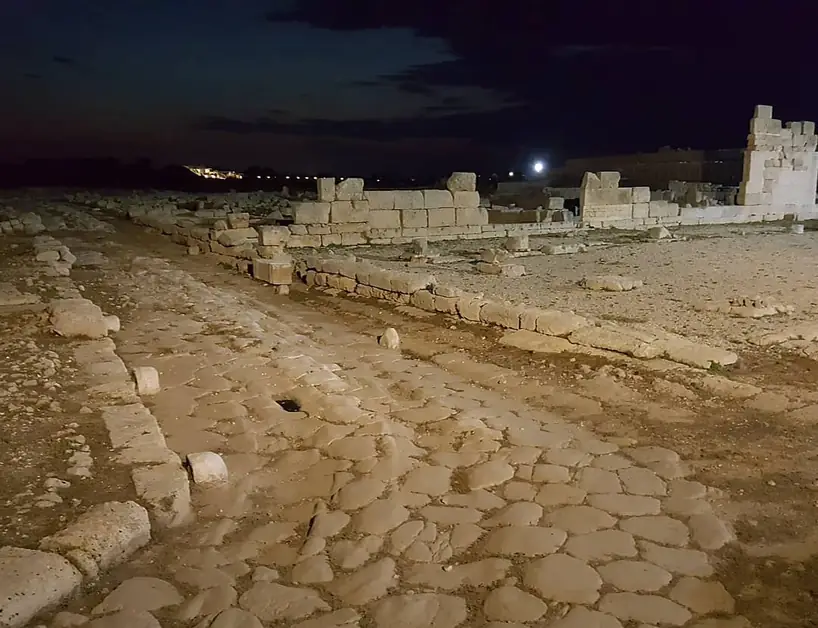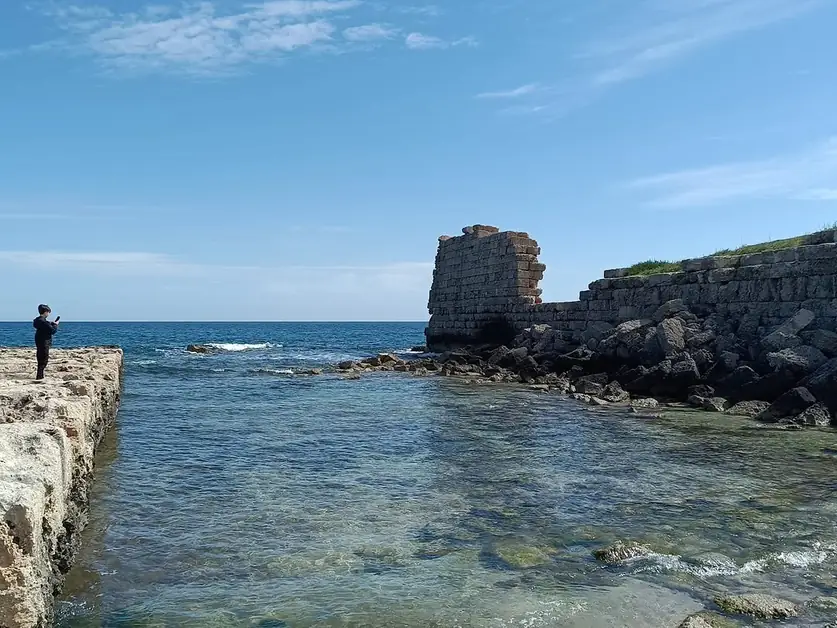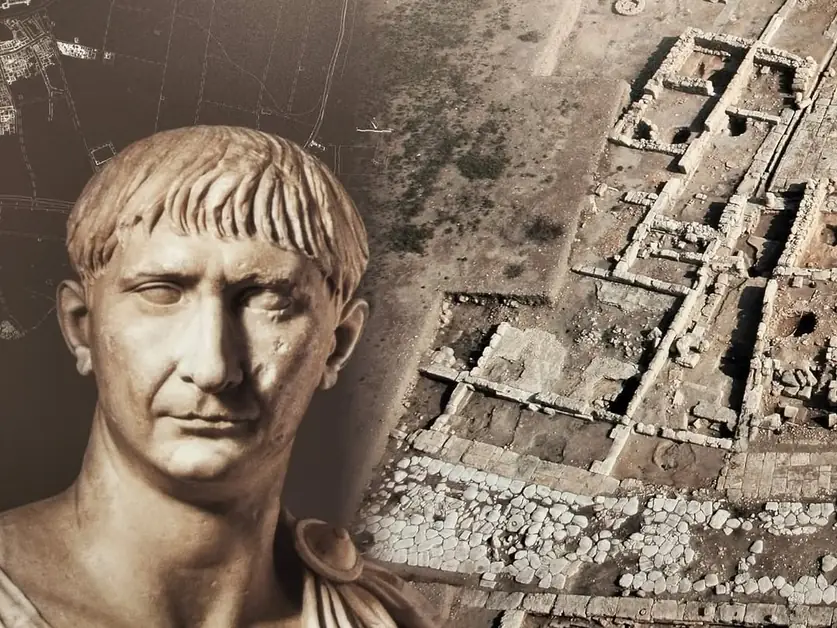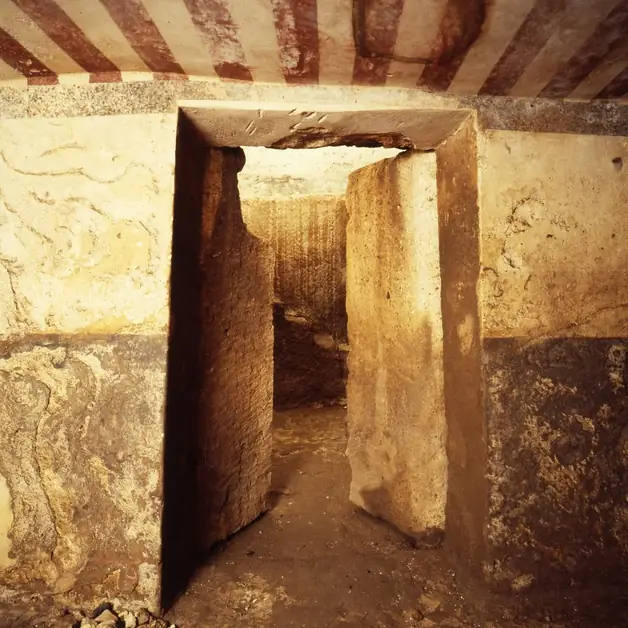National Archaeological Museum of Egnazia rich in history
The National Archaeological Museum of Egnazia offers a journey into the ancient history of Puglia, featuring unique finds and a fascinating archaeological park.

What is the National Archaeological Museum of Egnazia "G.
Andreassi" and where is it located?
The National Archaeological Museum of Egnazia "Giuseppe Andreassi" is located along the beautiful Adriatic coast of Puglia, between Monopoli and Fasano, in the province of Brindisi. It is one of the most fascinating destinations for those who love archaeology, ancient history, and Mediterranean civilizations. The museum stands near the Archaeological Park of Egnazia, an ancient city that experienced a long period of life, from the Bronze Age to the Middle Ages. Here, visitors can admire not only unique archaeological finds but also the remains of the ancient city, with sections of Messapian walls, the Roman forum, early Christian basilicas, and necropolises. The museum was built between 1971 and 1975 and is dedicated to Giuseppe Andreassi, an archaeologist and director who significantly contributed to the study and enhancement of Egnazia. Visiting Egnazia means taking a real journey through time, discovering a civilization that has left indelible traces in the heart of Puglia.
What can be seen inside the Archaeological Museum of Egnazia?
The exhibition path of the Archaeological Museum of Egnazia is divided into seven thematic sections, which guide visitors through the millennia-long history of the city. Each section is carefully organized, following a chronological and thematic order, to allow the public to understand the evolution of the site and the populations that inhabited it. The seven main sections are: 1. Egnazia Through Time – a general overview of the long life of the city. 2. Egnazia in the Bronze Age – the first human settlements and the oldest testimonies. 3. Egnazia in Iapigia – the period when Egnazia entered the sphere of Iapigian culture. 4. Egnazia in Messapia – the peak period of the Messapian city. 5. Egnazia in Roman Times – the influence of Rome and urban transformation. 6. The Bishop's City – the Christian and late antique period. 7. Egnazia in the Middle Ages – the slow decline and subsequent transformations. Overall, the museum preserves and presents over 30,000 archaeological finds, including vases, amphorae, coins, jewelry, architectural fragments, everyday objects, and statues. Each display case tells a fragment of life: from prehistoric bronze and ceramic tools to Messapian funerary stelae with inscriptions, to Roman mosaics and the remains of early Christian basilicas.
Why is visiting Egnazia so important for those who love ancient history in Puglia?
Egnazia is a fundamental key to understanding the history of Puglia and its ancient populations. The site, inhabited since the 2nd millennium BC, was an important center of Messapian civilization, later Romanized and finally Christianized in the Middle Ages. Through the finds preserved in the museum, one can observe the cultural, religious, and social changes that have traversed the territory over the centuries. One of the most evocative points is the section dedicated to the Messapian age, which testifies to the peak period of the city: Egnazia was then an important commercial port and a meeting point between East and West.
Who were the first explorers and scholars who studied Egnazia?
The modern history of Egnazia's excavations is fascinating and at times dramatic. In 1797, the French traveler Antoine Laurent Castellan described Egnatia as "a confused mass of stones." During those years, the necropolises of the site were being looted by Polish and French officials who came to Italy following Napoleon. Only later, in 1838, Ludovico Pepe and his family began the first systematic research, carefully noting the materials found. However, those excavations were conducted without official authorization, as there was then a lack of real control by the authorities. Between 1844 and 1846, a severe famine drove many laborers from Fasano to devastate the archaeological lands in search of valuable objects. The chronicles of the time speak of two thousand people engaged in these improvised excavations, which caused the loss of many precious finds. Only in 1912 did the first official excavation and protection campaigns begin, coordinated by the Archaeological Superintendency of Puglia. Since then, Egnazia has become a reference point for scholars and tourists.
How is the visit to the Archaeological Park of Egnazia organized today?
Today, those visiting Egnazia can follow a complete itinerary that combines the museum and the archaeological area. After visiting the museum's halls, one can stroll among the ancient remains outdoors, admiring: The Messapian walls, built with enormous blocks of limestone. The Roman forum, the political and commercial heart of the city. The early Christian basilicas, testimony to the ancient Christian cult. The necropolises with their chamber tombs. The remains of the ancient port, now just a few steps from the sea. The path is immersed in the Mediterranean scrub, among olive trees, figs, and aromatic plants, with a splendid view of the Adriatic Sea. Many visitors report that the charm of Egnazia also comes from the silence of the place, which allows one to imagine the voices, markets, rituals, and daily life of a city that has witnessed thousands of years of history.
How to prepare for a visit to the Archaeological Museum of Egnazia and what not to miss?
Before visiting Egnazia, it is useful to consult the Museum Guide, written by experts in collaboration with the Archaeological Superintendency of Puglia. The guide narrates the most significant finds and helps to understand their context. Among the must-see pieces are: The decorated ceramics of the Bronze Age. The Messapian funerary stelae with inscriptions in ancient language. The Roman coins and fragments of polychrome mosaics. The liturgical objects of the bishopric city, such as crosses, rings, and lamps. The museum is suitable for all types of visitors, including children, thanks to illustrative panels and educational paths. Throughout the year, guided tours, workshops, and family activities are organized, allowing visitors to experience history interactively.
What is the best time to visit Egnazia and how to reach it?
The Egnazia site is open for visits year-round, but the best times are spring and autumn when temperatures are mild and the surrounding landscape is in full bloom. To reach the museum, one can: Drive from Bari or Brindisi via the SS16 Adriatica. Use regional trains to Fasano and then continue by taxi or bus. In summer, take advantage of local tourist services that connect the main seaside resorts with the archaeological site. The National Archaeological Museum of Egnazia "G. Andreassi" represents one of the must-see stops on a trip to Puglia for those wishing to discover the ancient origins of this land, between history, myth, and natural beauty.




